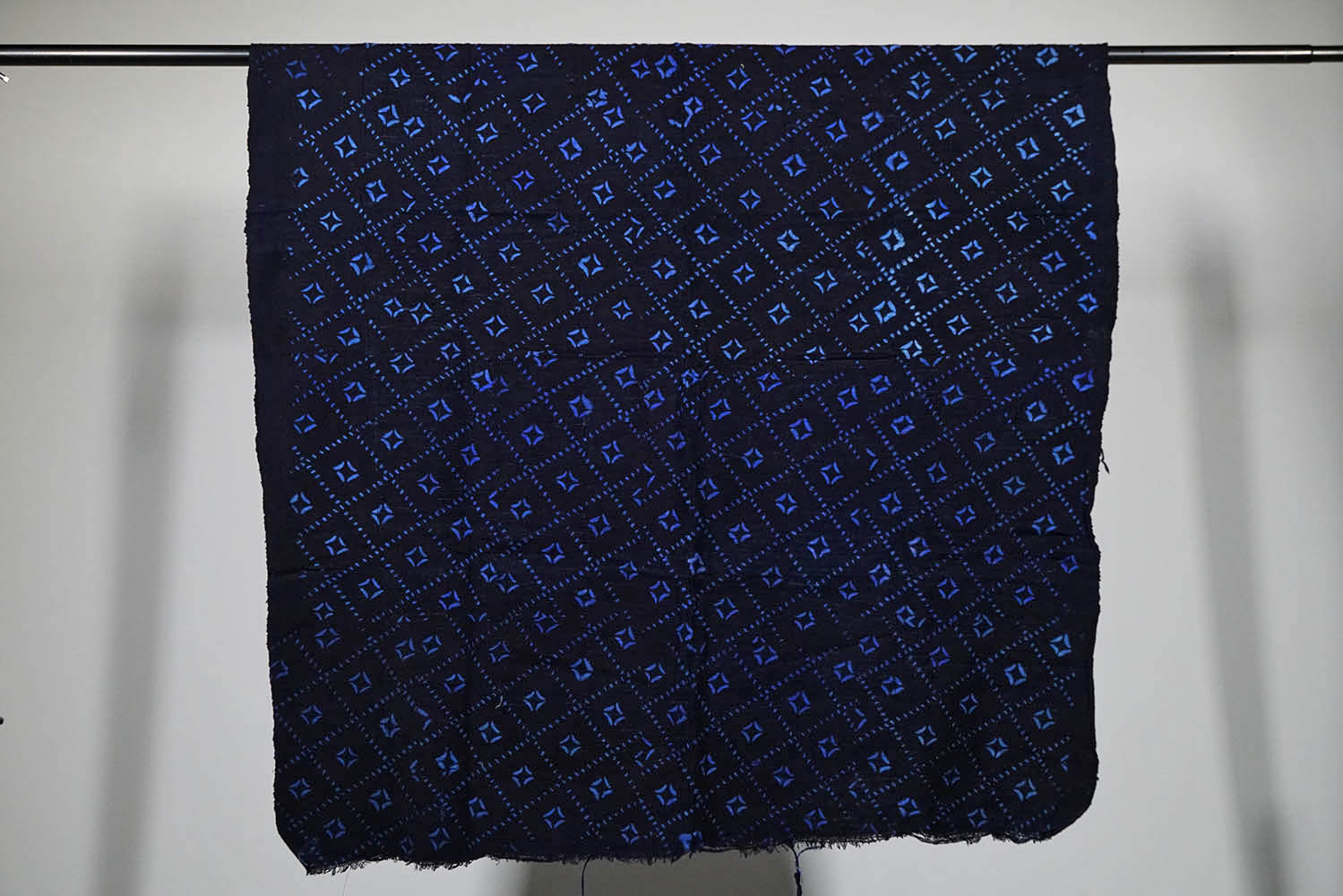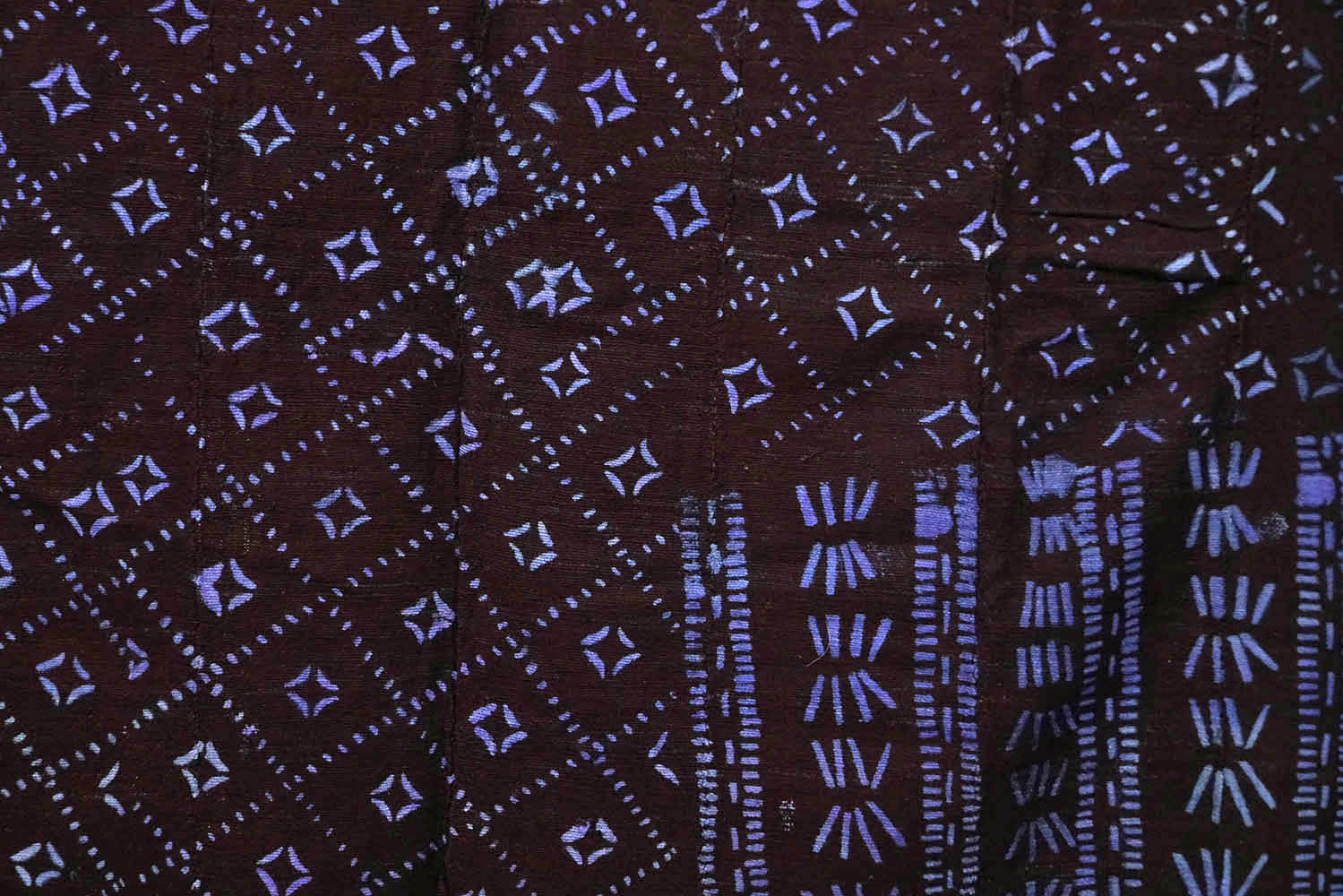This Dogon textile was created using the wax-resist method with unique and beautiful repeating patterns throughout. It measures 65 inches long and 43 inches wide. There are imperfections, tears and frays throughout this piece. Please inspect photos.
Wax-Resist Dogon Textile 65″ x 43″ – Mali – African Art
$32.50
Sold

| Type of Object | Textile |
|---|---|
| Country of Origin | Mali |
| Ethnicity | Dogon |
| Material | 100% Cotton Dyed Thread |
| Approximate Age | Unknown |
| Height (Inches) | 65" |
| Width (Inches) | 43" |
| Weight (Pounds) | 1.5 lbs |
| Overall Condition | Textiles may have tears and loose seams. Inspect photos carefully. |
You must be logged in to post a review.
Tribe Information
About the Dogon People
The Dogon have become popularized for their ancient tales on human origins and extraterrestrial contact. According to legend, a race of beings called Nommo, came from the star system Sirius, thousands of years ago. The beings are said to have come to Earth and provided humans with knowledge. They gave the Dogon information about their solar system as well as our own. These same creatures also appear in Babylonian and Sumerian myths.
Oddly, the Dogon did have knowledge for centuries that were, until Galileo and his telescope, unknown to the Western world. They identified Jupiter’s moons and Saturn’s rings and knew that the Sun was the center of our solar system. They have stories about the big bang and other astronomical events. They had awareness about an invisible companion star orbiting Sirius that was unidentified until 1970. It baffles scientists to this day that an ancient race had knowledge of solar systems that cannot be seen without the help of high-powered telescopes.
Read more about the Dogon here.
Additional Information
About African textiles
Originally used as a form of currency, woven African textiles have been very important throughout many African cultures. African textiles are often used to memorialize individuals and they often play a special role in traditional celebrations and ceremonies.




Reviews
There are no reviews yet.